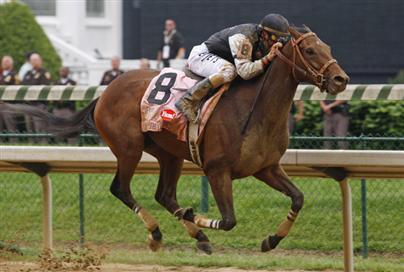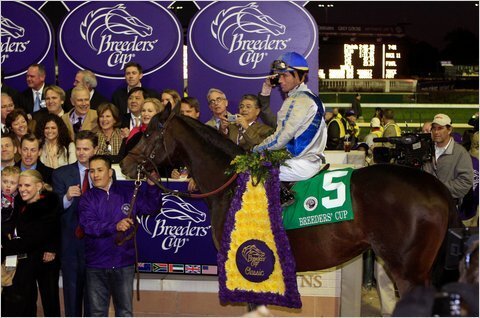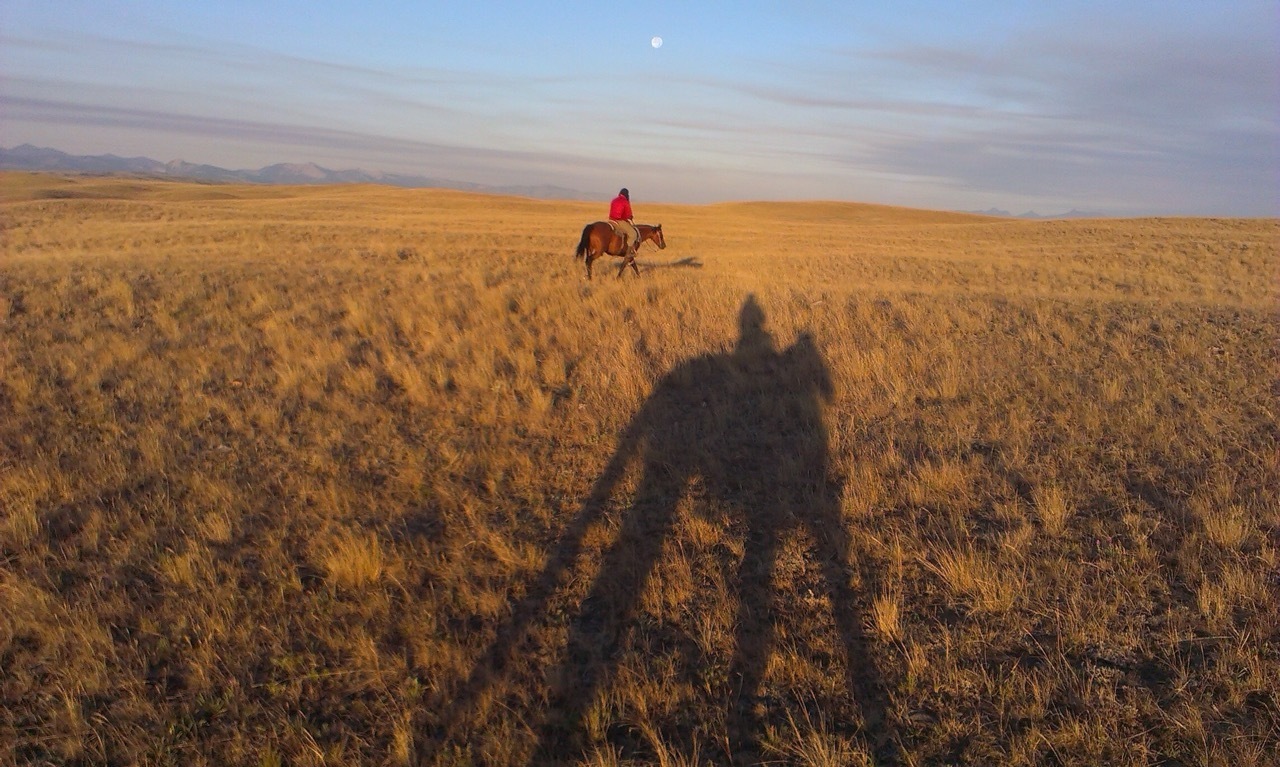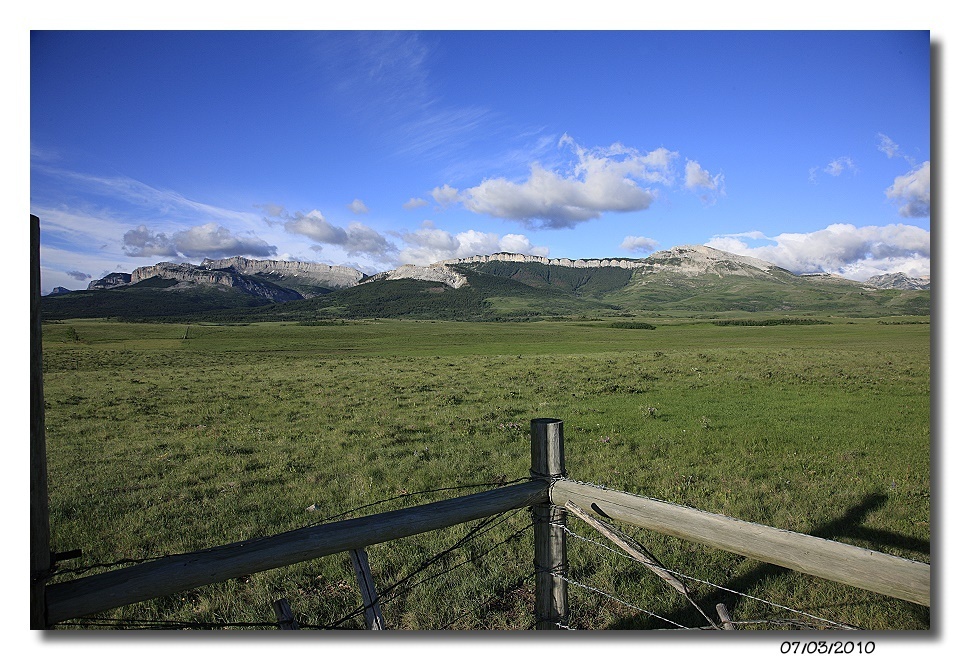Breeders’ Cup Keeneland 2022, coda
Medication remains intense--Breakdowns continue
I attended this year’s Breeders’ Cup to celebrate the revival of the American game, to finally—after half a century of advocacy—enjoy racing where horses were not intravenously injected with furosemide prior to going to the saddling paddock. When I arrived Sunday and read the permissive medication rules still in place in the Breeders’ Cup Horsemen’s Guidebook, I could feel the trouble coming. We were all hoping for an injury free event. The Europeans came through, but the Americans did not. Two of their horses did not make it across the finish line.
Monday morning, seeking more information, hoping to ally my fears, I accompanied a prominent Kentucky attending veterinarian as he made his rounds through the Breeders’ Cup barns. He picked me up as I was making the daybreak walk from the frontside where the media shuttle dropped us off each morning, to the stable area, a good mile hike. The Kentucky gentleman noticed my gimp, stopped his car, and took me in as he passed by on his way to work. It was Monday, so time was soft. We visited about trainers and racehorses, Europeans and Americans, the differences therein. We visited openly and extensively. Call it professional courtesy, call it ‘birds of a feather,’ we talked vet talk. We listened to each other. He, having read all of my New York Times racehorse advocacy articles, and I, knowing his honorable reputation, got on fine. We had met briefly at the Run Happy Breeders’ Cup at Keeneland in 2015. As our conversation narrowed to the horses at hand, he explicated all of the impending American medication scenarios, hiding nothing from me, knowing nothing could be hidden from my seasoned eyes:
The majority of American Breeders’ Cup runners would be injected with Lasix 24 hours before loading into the gate. This potent diuretic alters the metabolism and pharmacodynamics of previously injected medications (masking). This is one reason the permitted 24-hour drug is given, as its ability to manage pulmonary fragility and prevent EIPH is by and large absent by race time. Lasix to flush. The good doctor noted that Mr Baffert’s recent problematic post-race positives in Kentucky from horses medicated in California took place in stakes races where raceday furosemide was not allowed. Sophisticated doping strategies falter when Lasix is no longer part of the formula.
Most of the treated American Cup horses received 10cc IV, the maximum allowable. Furosemide is showing up in the post-race blood and urine samples as you read this. Thresholds have been set somewhere, although they were notably absent from the Breeders’ Cup Horseman Guide that stated that 24-hour Lasix was permitted, while the thresholds for all the other drugs were published, an interesting omission, I thought, one still missing, I might add. If the Breeders’ Cup post-race Lasix positives are below established furosemide thresholds, nothing will be said. I personally received this information from the Breeders’ Cup and Kentucky regulatory veterinarians. After we finished our ride around the Smith barns, my attending veterinary friend introduced me to the examining veterinarians who were hard at work. In all, I visited with 11 regulatory veterinarians and 2 attending veterinarians during the week preceding Domestic Spending and Epicenter’s feature race fractures. Drugs and regulators were plentiful.
Ultimately, regulation failed as regulation does in permitted pre-race drug jurisdications. In the Classic, the all-time leading American trainer’s horse suffered a fetlock fracture. Out went the ambulance in the most anticipated race of the century. I watched with glasses four floors up. Epicenter faltered badly when asked to move through horses on the backstretch, nearly going down. Joel Rosario, no stranger to leg-fracture spills, kept him afoot, and pulled him up deftly and professionally, saving two lives.
The outriders and ambulance crew restrained and manhandled Epicenter to keep him upright and off the fractured canon bone. Veterinarians alongside, the uncentered horse hopped three-legged into the ambulance. He rhythmically threw his head as he moved toward the ambulance to lessen the weight bearing of his right front, that catastrophic gait that still makes me shudder.
Meanwhile, unbeknownst to me, Flightline galloped.
The ambulance sat stopped for a few minutes after Asmussen’s horse was loaded, a worrisome sign to me. I am an extensively-experienced track veterinarian who has been in ambulances with three-legged horses more than once. The impact of those experiences runs deep, especially when a jockey is being loaded into the other ambulance. The stopped ambulance likely allowed the outriders and veterinarians to suspend Epicenter in a hydraulic squeeze device—taking weight off the broken leg—where it was safe for them to draw blood, medicate pain, soothe excitement, and secure the splint. Pain managed, stability provided, the ambulance departed. Epicenter was transported to Rood and Riddle, a primary sponsor of the Breeders’ Cup, to undergo orthopedic surgery.
Epicenter’s fracture has been screwed back in place and it is said he is being syndicated to stud to perpetuate the cycle of breeding horses whose legs do not hold up to racing. Neither laws of the state nor laws of genetics nor morals nor equine welfare concerns impede American owners, breeders, and trainers. Drug free solutions as to how to prevent these tragedies were put on full display by the foreigners at this year’s Cup. Despite readily available training strategies that enhance soundness of wind and limb, Americans continue to rely on drugs to train horses.
The results of the American trainer affair with drugs are tragically apparent. Americans cannot get away from unnecessarily locking their horses down requiring a heavy dependence on medication. Overly-confined horses become fragile of limb and wind, and a perceived need for medication follows. This medication cycle exacerbates racehorse vulnerability to injury and subsequently imperils jockey safety.
Confinement and medication are the downfall of American racing. Rather than a drug-free Flightline celebration, this year’s Breeders’ Cup became a tragedy rivalling Eight Belles bilateral breakdown in the Kentucky Derby. This year’s breakdowns were made all the more tragic for me considering all the time that has passed since that first Saturday in May. Why can lessons in animal welfare not be learned by Americans? Unlike the Eight Belles breakdown—and to their credit—the Kentucky regulatory veterinarians kept all of the horses on their feet despite the fractures, thus sparing the jockeys’ injury.
The Euros and Asians demonstrated how to race safely.
Knowing better but refusing to adapt, drug-dependent US trainers continue to break down horses and unnecessarily endanger the lives of jockeys. Mr Brown’s Domestic Spending fractured his pelvis, racing from gate 14 in the BC Mile after a 440 day layoff from an injury. Chad medicated the horse and raced, two weeks earlier claiming to be omniscient regarding all of his horses’ soundness’. Domestic Spending fractures his under-conditioned pelvis, and the horse is vanned off with a major injury. At the starting gate, the horse made it clear he was not ready to race, yet they made him run.
American trainers continue on with their medication charades that make horses vulnerable to injury, despite simple labor-intensive, medication-free solutions that fulfill and favor the racehorse. Easily-employed enrichment strategies sustain and enhance soundness of wind and limb. Medication does not. Breakdowns and bleeding are largely preventable with appropriate breeding, development, sensitivity to behavioral need, and conditioning that fulfills and enhances the horses’ long-evolved speed and strength.
The American confinement and training methods remain horse-insensitive, unprofitable, unethical, and ineffectual. The trainer is responsible for the condition of his horse. Not the attending vet, owner, or regulatory vet—the trainer. American trainers continue to send their horses to races medicated and in a condition unfit to race as Brown and Asmussen demonstrated in the Breeders’ Cup. Their horses were not ready, and as a result they were seriously injured in the running and vanned off. The Euro and Japanese horses were ready, drug-free and ready, sound of wind and limb. All of them returned sound and safe, many of them won easy.
Horses in America continue to break down at an unacceptable rate. Any break down in the Breeders’ Cup is disturbing, and here we had two, further reflection the American horseracing culture continues at its worst—humans failing the horse. Drugs continue to flow into inadequately stabled horses, and injuries and fatalities unnecessarily continue. When the drugs stop, the injuries will dissipate, as has been demonstrated time and again everywhere other than America.
The solution for safe flat racing has been effectively employed across continents and throughout the world by restricting drugs. The foreign horsemanship specialists not only brought their charm and beauty, they displayed sophisticated training strategies that favor the horse’s health and well-being. Holistic therapies, and keen attention to the horse’s long-evolved behavioral needs resulted in winners, winners all around wherever they finished. All made it home sounder of wind and limb than when they arrived to showcase their talent. Their trainers make stabling, training, and racing a good deal for their horses. In return, their horses make racing a good deal for them. If only Americans would embrace these winning strategies that make racing safer and horses and owners happier. All of the Euro and Asian horses returned safely. In fact, their horses returned sounder of wind and limb, a sophisticated display of preparation that Americans must soon emulate if they expect the sport to survive here, much less thrive.
Two American-trained horses sustained racing-fractures on the biggest day of racing. As well, some of the American horses bled, while the Europeans and Japanese remained sound of both wind and limb. No bleeding, no fractured bones in those horses trained and conditioned with the horses’ best interests in mind. And winners, yes, win after win.
Permitted medication perpetuates substandard horsemanship. Drug-free racing favors the horse. America has a choice. Drug-free runners win and come home sound as demonstrated by the Europeans. Look, see: Drugged racehorses are more apt to break their legs. Permitted pre-race drugs do not favor the horse. Too many medicated horses do not finish, exemplified by the American breakdown endemic still in play at the Breeders’ Cup.
As it turns out, horses do not need drugs to race. NSAIDs and cortisone joint injections potentiate breakdowns by masking inflammation, allowing horses to race and train with pathology present. At times, trainers have had their veterinarians add local anesthetics to the cortisone injections to facilitate a good hard preparatory work. Many of these blocking agents do not test, but both Baffert and Asmussen have had local anesthetic positives in the not-so-distant past. Hall of Fame trainers. Baffert’s horse Messier bled, and Asmussen’s classic runner broke down.
All drugs and any drug deteriorate safety when utilized to mask pain and inflammation to facilitate training when pathology is present, especially local anesthetics such as lidocaine or mepivacaine. Rest and rehab are indicated when pathology is present, rather than drugs to ease the pain so as to train. Furthermore, drugs and failure to properly develop and condition their horses likely incited the pathology that had them call for more drugs to get their horse to the next race. Claiming trainer tactics taken to the top of the game, to the Breeders’ Cup.
The American permitted pre-race drug experiment has failed. Permitted drug use led to unpermitted drug use, doping a billion dollar industry, horses the victims. Americans continue to fail their horses on the biggest stage of all. America’s horrid breakdown endemic will not stop until the drugging stops. In Europe and China, drugs are forbidden two to four weeks before horses race. Breakdowns and epistaxis are rare. Their horses fly over here and win easy, and safely.
At Keeneland, where local horses continue to breakdown and bleed, BC runners can receive IV phenylbutazone 48 hours before loading into the gate, and, unfortunately, they can be doped with Lasix 24 hours before they race. None of the Europeans I interviewed planned to partake in the Lasix, considering it more likely to stiff the horse than help. But according to the Kentucky attending veterinarians I rode and visited with, many, if not most, of the Americans are fulfilling their racing drug addiction at the Breeders’ Cup, and having their horses injected with Lasix the day before, and IV Bute two days before. Disgraceful. Unethical. Ineffective. Heartbreaking. Leg-breaking.
I observed nearly all of the Breeders’ Cup horses in the barn area and on the training and main tracks. The differences in stabling, training, and care are significant and remarkable. The foreign horses walked, jogged, and conditioned together in herds. Miles and miles of locomotion to enhance the soundness of wind, limb, and mind. Hour upon hours of socialization. If not with other horses, with hands on grooming and grazing care. I estimate Chain of Love spent 10 hours out of her stall day in and day out, accompanied by her pony horse. I visited her most every day. Her pre and post exercise routines were well over an hour long. Rubbing and brushing before, bathing, massaging, and walking after. More massages, more walks, physical connection horses need. A typical conditioning day included two to three trips around the smaller training track with her pony horse, followed by one or two trips around the main. This was in addition to abundant walking to and from the stable, and within the isolation compound.
Likewise, the Euros provided their horses with abundant daily locomotion and socialization. They successfully re-created natural for their horses, rewarded by how safely and successfully they raced, and how happily they returned. Limb health, lung health, metabolic health, hoof health, digestive health, and mental health are all dependent on miles and miles of daily walking. It was a joy to see trainers putting the horse first, a joy to witness the happy horses loving their track lives. If only the Americans could learn to appreciate the happiness and soundness appropriate husbandry brings. If they do not learn, and learn soon, the American game will continue its decline.
As the Euro horses walked, jogged, galloped through the morning, the American horses were back in their stalls by 9am. Many remained there the rest of the day, Tyler’s Tribe among them as far as I could tell, their lungs withering, legs weakening, veterinary drugs flowing into them, and Lasix flowing them out. Meanwhile, Chain of Love walks clean. Mishriff jogs clean. The Appleby herd whinny together as one.
Beyond the USDA quarantine, I observe the covey of attending veterinarians go from American barn to American barn medicating horses all afternoon, every afternoon during the days preceding the Breeders’ Cup. As counterbalance, the examining veterinarians examine. I witness all of this. I have an eye for medicating-veterinarians and medicated horses. I, too, was once an attending veterinarian. I know their game. From a distance, I watch the horsedoctors carefully select and load the medications, syringe after syringe. They color the fluids with vitamins and whatever else they can sneak in that will slip by the testing lab. Off they march with their tray of medications into the shuttered stalls. Two days before, the day before.
As the Friday races went off, the veterinarians with horses in Saturday went to work. The Saturday runners received their intravenous Lasix, urinating the weight away, flushing other drugs along. Lasix imbalances equid electrolytes, drawing the horse up, pulling calcium out of bone. At one stable, I observed the water buckets set out Friday evening, seemingly withholding water, I am not sure. In the quarantine barn, the lads were changing water, cleaning pails, rubbing their horses, walking in communal circles, providing abundant locomotion in the most restricted spaces.
The untoward injuries on Saturday were reflective of the inappropriate American veterinary approach of medicating horses to race rather than walking them. Meanwhile, the drug-free hydrated, enriched and fulfilled Euros ran to win. You’d think winning would be enough incentive for Americans to do right by the horse, but our culture has not yet embraced the welfare of the horse like it needs to. I am sorry to report that as long as the drugs are permitted, American racehorse drugging will continue along with the substandard horsemanship the drugs facilitate. Bleeding and breakdowns will follow at unacceptable rates, and the game will fade away, or be forced to stop.
If and when all of the medications to race are restricted as they are in Europe and Asia where happy racehorses graze, walk, socialize, and race together, Horseracing in America will have a chance, a last chance to help the horses prevail in fashions that favor the horse, rather than fail her.















